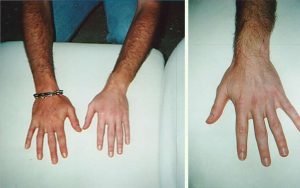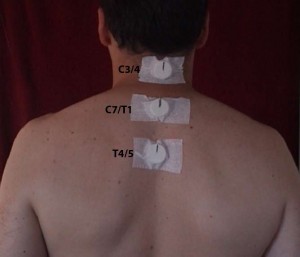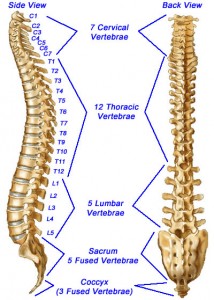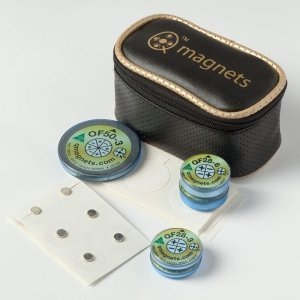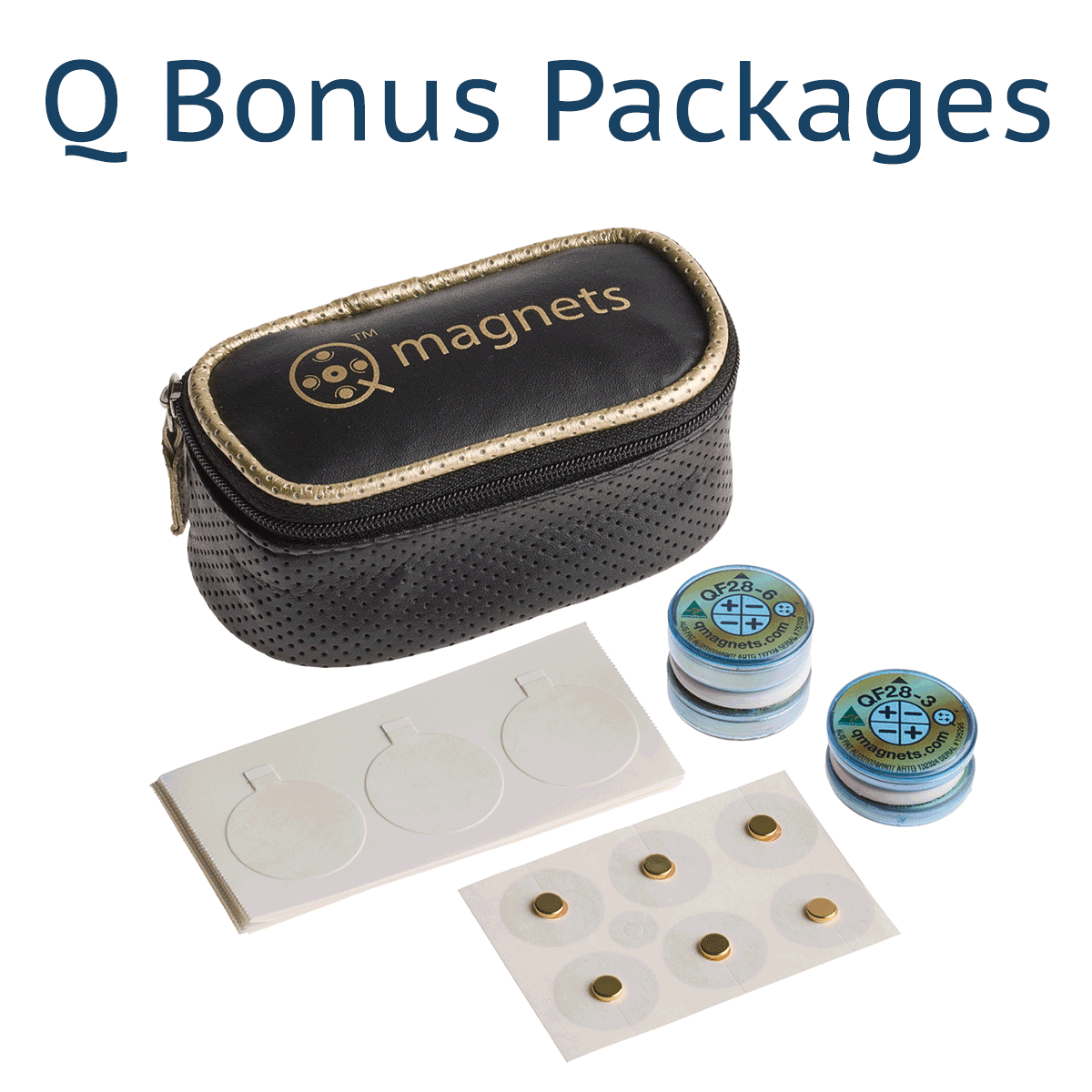The Sympathetic Nervous System (SNS) is the part of the Autonomic Nervous System which prepares the body for stressful or emergency situations and promotes the flight or fight response. An overloaded SNS can heighten anxiety which in turn amplifies pain perception, effects pain behaviour and depresses mood.
The SNS can play a major role in sustaining chronic pain. Particularly in the case of Complex Regional Pain Syndrome (CPRS), formerly known as Reflex Sympathetic Dystrophy (RSD), where you also see symptoms such as burning pain and physical changes in skin colour, texture and hair and nail growth.
The nerves of the SNS originate from the thoracolumbar region of the spinal cord, to be precise from T1 to L2. That is, the thoracic spine (mid back where the ribs attach to the spine) and the lumbar spine (lower back), see image below.
Neuromagnetics is based on the premise that gradient modulated static magnetic fields can be optimised for therapeutic effects on pain modulation. We have explained the process of central sensitization and one theory of how Q Magnets are thought to dampen down the bodies pain hypersensitivity.
If Q Magnets were to be placed on specific points for the Sympathetic Nervous System:
The most important placements would be C7/T1 and T4/5.
C7/T1 is between the first two bumps at the base of the neck and T4/5 is four levels below. You can feel each spinal level as you gently press along the spine. While the SNS levels are from T1 to L2, C7 is also important because this is the location of the stellate ganglion.
The following are the important levels for the Sympathetic Nervous System. Placement of the devices should be between the two spinous processes over the interspinous space (or disc):
CASE STUDY:
See a two year post whiplash injury case study here with resulting sympathetic disorder and changes in heat and cold receptors, circulation changes, hairless and a clawing affect in the hand. Presented at the 2001, Sports Medicine Australia conference.
Three Quadrapolar magnets were placed centrally over C3/4, C7/T1 and T4/5 interspinous space. Within 24 hours pain had significantly reduced as too had the sympathetic overload such that the hot/cold waves ceased, the colour came back into the hand and there was less clawing. The photos say it all.
